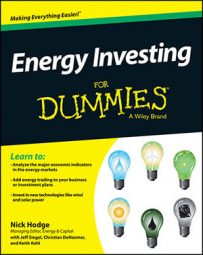Exchange-traded funds (ETFs) give energy investors a way to have broad exposure to an industry or sector. Instead of marrying your fortunes with one company, or buying five or six companies individually, you can diversify within a sector with one trade.
The only major coal ETF traded in the United States is the Market Vectors Coal ETF (NYSE: KOL), which is designed to replicate the performance of the Market Vectors Global Coal Index. It has more than $220 million in assets, 58 percent of which are concentrated in its top ten holdings, as outlined in this table.
| Company | Ticker | Percent of Assets |
|---|---|---|
| Consol Energy | NYSE: CNX | 9.1% |
| China Shenhua Energy | HK: 1088 | 8.2% |
| Aurizon | ASX: AZJ | 6.9% |
| Joy Global | NYSE: JOY | 6.7% |
| Peabody Energy | NYSE: BTU | 6.0% |
| China Coal Energy | HK: 1898 | 5.4% |
| Yanzhou Coal Mining | NYSE: YZC | 4.9% |
| Banpu | SET: BANPU (Thailand) | 4.5% |
| Walter Energy | NYSE: WLT | 3.3% |
| Alpha Natural Resources | NYSE: ANR | 3.2% |
The ETF holds dozens of other international coal companies as a lesser percentage of its total assets. Because each company must derive at least 50 percent of its revenue from coal, this fund is probably the easiest and most diversified way to play the sector.

